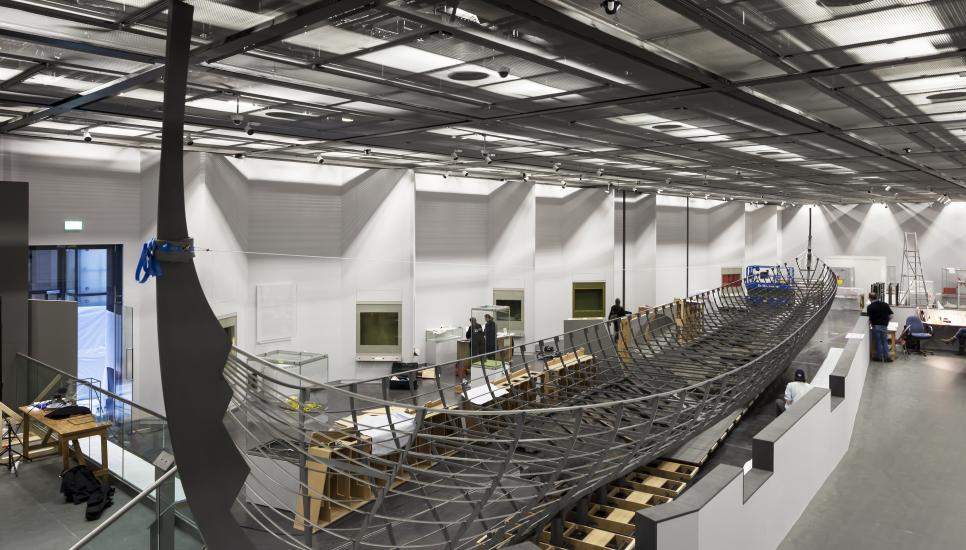Philanthropy helps fund new British Museum wing, but UK wealthy still neglect the arts

A new wing at the British Museum, opening today, has been made possible by one of the largest private philanthropic donations to the arts in the UK in recent decades, but the country still lags behind the US when it comes to charitable donations to arts and heritage.
The Sainsbury family, of the eponymous supermarket empire, donated £25 million (€30.5 million) to the World Conservation and Exhibitions Centre at the London institution, which will open with an exhibition of Viking artifacts.
The centre adds 18,000sqm to the museum, boosting its display capacity by 1,100sqm, while the rest is devoted to laboratories, conservation studios, storage space and a collections hub, which will allow the museum to lend out its artefacts to other museums more efficiently.
It received the majority of its funding from private foundations, with only £30 million coming from the government – the Sainsbury's family's gift, made through the Linbury Trust and the Monument Trust, funded a gallery within the development that bears their name.
Arts and heritage projects have not traditionally been a priority for donors in the UK, and only 1% of high net worth philanthropists give to these projects, according to non-profit advisory firm Charities Aid Foundation (CAF).
In 2013, private HNW philanthropists funded £95.4 million-worth of projects, according to private bank Coutts' Million Dollar Donors Report, compared to $1 billon (€728.4 million) in the US.
However, the current British government is looking to encourage more private philanthropy as the economic downturn forces it to make cuts in spending.
According to Arts Council England, which invests public and lottery money into arts projects, the government is looking at different incentive schemes to prompt HNW individuals giving to the arts.
A cultural gift scheme, launched last year, provides a tax reduction to UK taxpayers who gift a nationally significant object to the nation, based on the value of the item.
A Vincent Van Gogh painting and some of John Lennon's handwritten lyrics and letters are among the objects donated via the scheme so far.
Culture secretary, Maria Miller, said in a statement that the scheme incentivised lifetime giving and would enhance public collections across the country.
In the US only 4% of HNW donors give to the arts, but often in very large sums.
CAF argues that arts philanthropy in the US is more developed than elsewhere – it is statistically the most generous nation in the world – because philanthropists do not assume the government is responsible for the preservation of heritage, whereas UK philanthropists are more likely to hold this view.
In the report Private Giving, Public Good, industry body the National Museum Director's Council concluded the wealthy in the UK think the state has taken full responsibility for art and culture.
It added that the country’s wealthy are not as comfortable showing their affluence as their US counterparts.
It said: "Many more people simply do not know how to become involved, we have yet to create a culture where people are proud to give, or even find it easy to give."
In the US, the largest arts endowment in 2013 was made by billionaire investor David Rubenstein, with a $50 million donation to the John F. Kennedy Centre for the Performing Arts, Washington.
The previous year, the highest arts and heritage donation was $45 million to the Museum of Contemporary Art in San Diego.
Plum Lomax, a senior consultant at advisory firm New Philanthropy Capital, says: "I think to some extent UK arts organisations haven't yet grasped the value they represent, which is a hard thing to convey [to donors]."
Lomax said organisations in the US are “simply better at asking for donations”.






